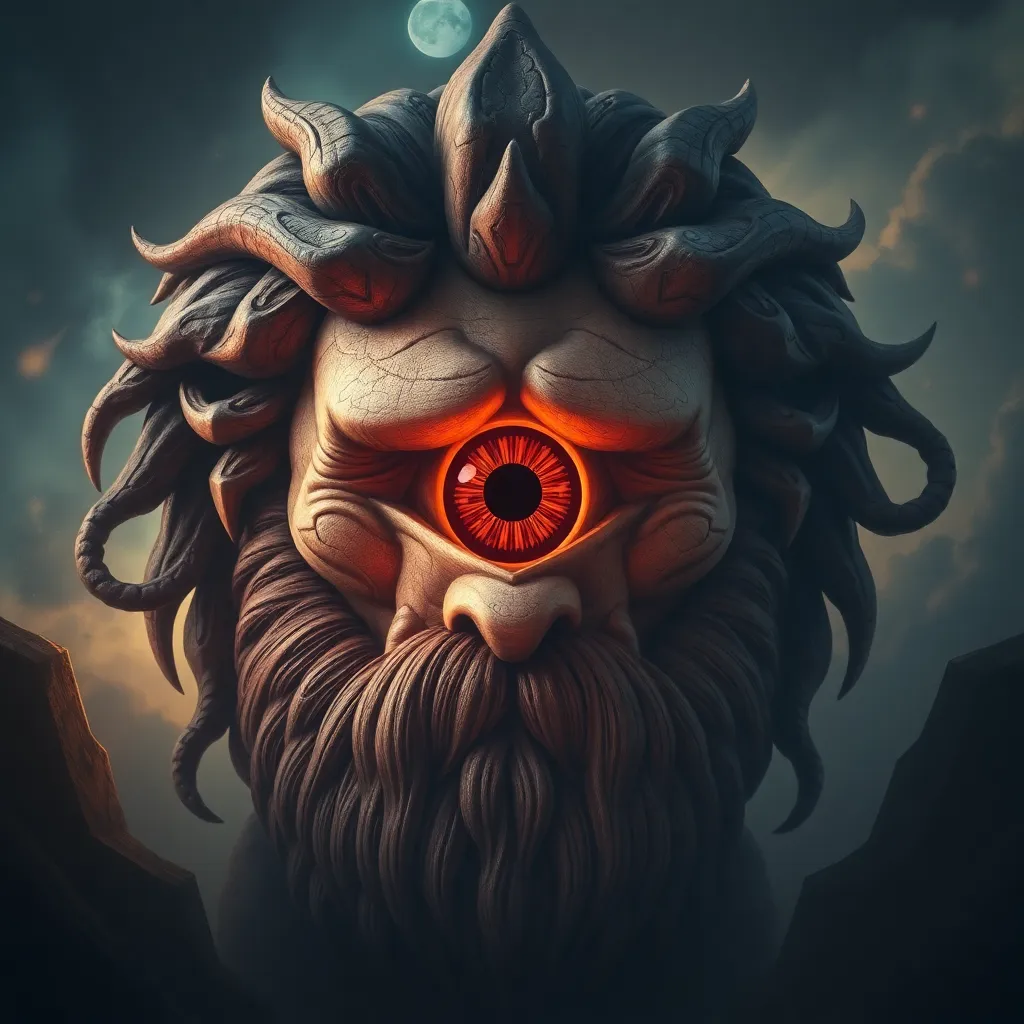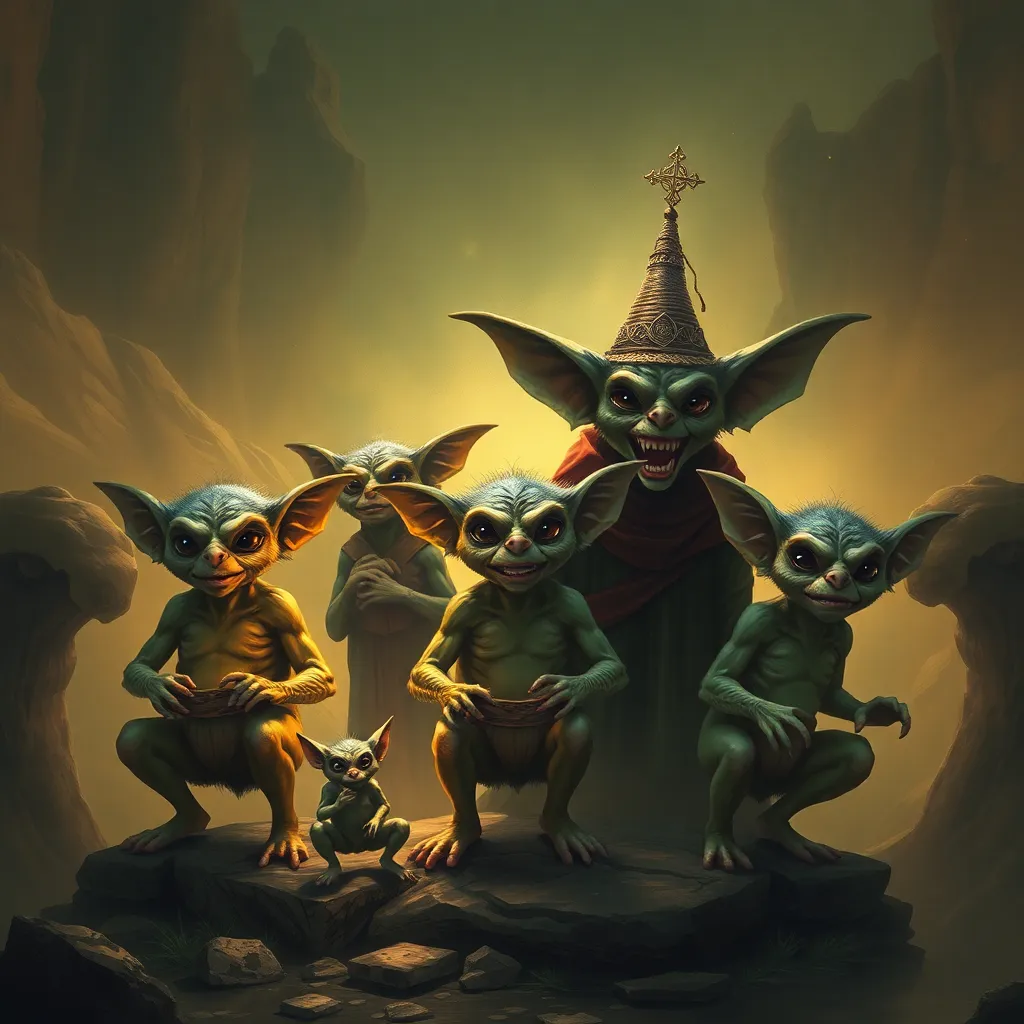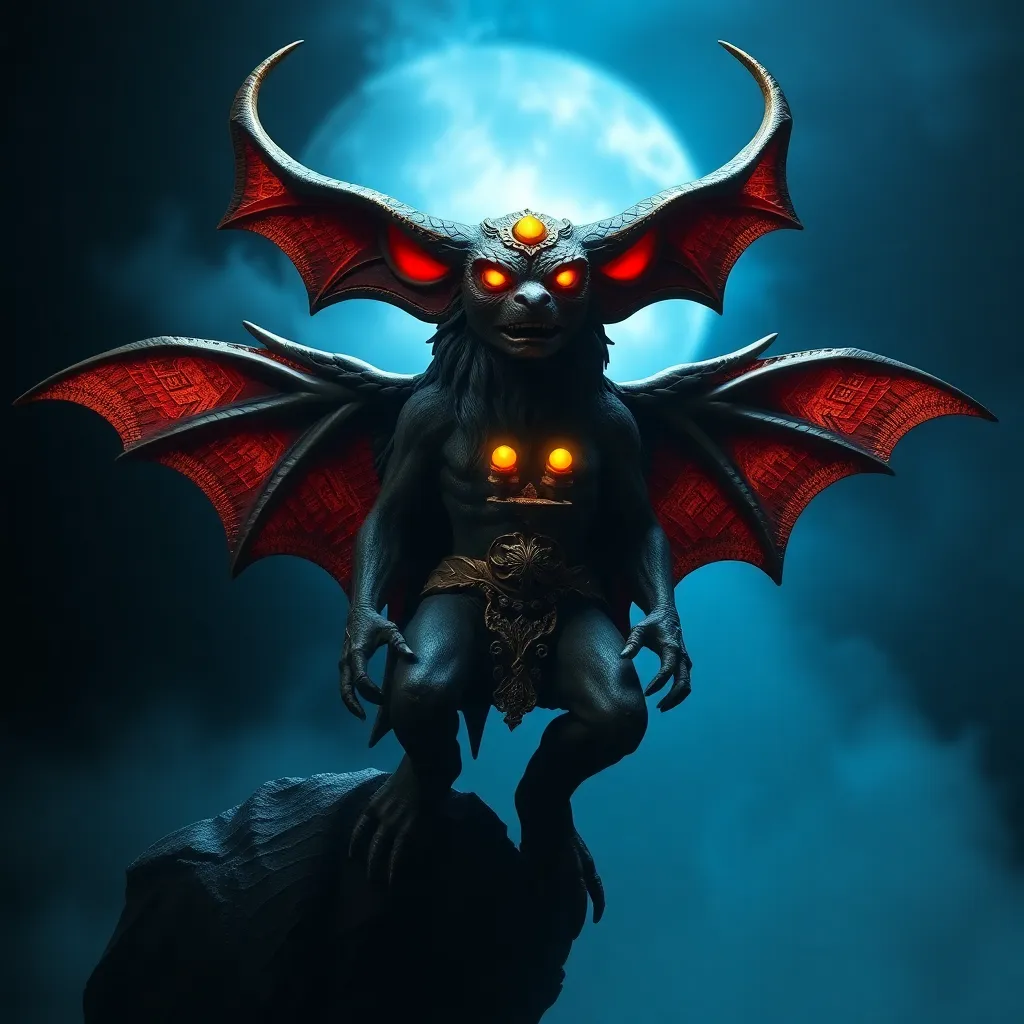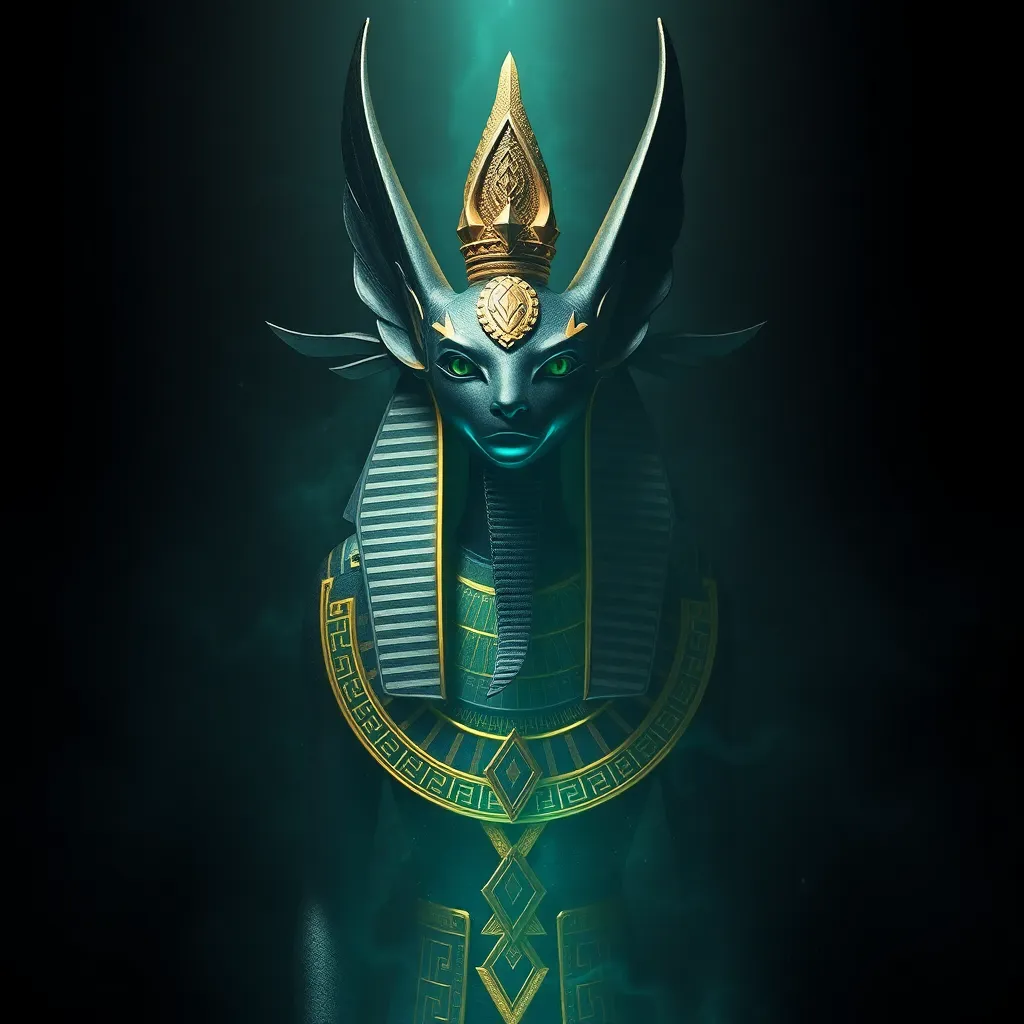The Cyclops as a Symbol of Fear and Power: Examining the One-Eyed Giant as a Symbolic Figure
I. Introduction
The Cyclops, a mythical one-eyed giant, has captured the imaginations of cultures throughout history. Originating in ancient mythology, this formidable figure serves as a powerful symbol that embodies both fear and authority. By exploring the Cyclops, we can uncover the deeper meanings behind this iconic character and its implications in understanding cultural fears and social power dynamics.
This article aims to delve into the multifaceted nature of the Cyclops as a dual symbol of fear and authority, shedding light on how this figure has evolved and what it represents in various contexts.
II. Historical Background of the Cyclops
The origin of the Cyclops can be traced back to ancient Greek mythology, where they were often depicted as gigantic beings with a single eye in the center of their foreheads. The most famous Cyclops is Polyphemus, featured in Homer’s epic poem, the “Odyssey,” where he encounters Odysseus and his men.
Key texts that have shaped the image of the Cyclops include:
- The “Odyssey” by Homer
- The “Theogony” by Hesiod
- Various ancient Greek pottery and artworks
Over the centuries, the Cyclops has evolved in different cultures, adapting to local fears and power structures, from the brutish creatures of Greek mythology to more nuanced representations in modern literature and art.
III. The Cyclops as a Representation of Fear
The physical characteristics of the Cyclops—its gigantic stature and singular eye—evoke a primal fear. This one-eyed giant embodies the terror of the unknown, often representing chaos and unpredictability. The Cyclops’ role in myth-making and storytelling serves to convey the dangers that lurk beyond the safety of civilization.
Psychologically, the one-eyed giant symbolizes:
- The fear of being watched or judged by a powerful entity
- The unknown aspects of nature and human existence
- The confrontation with one’s own vulnerabilities
In this way, the Cyclops becomes a vessel for expressing deep-seated anxieties inherent in the human experience.
IV. The Cyclops and Power Dynamics
The Cyclops epitomizes brute strength and dominance in the mythological landscape. Its overwhelming physical presence can be interpreted as a representation of the raw power that exists in the world. This brute force often translates into societal hierarchies, where the strongest dictate the terms of existence.
The Cyclops exemplifies the duality of fear and respect in the perception of power. While its strength inspires terror, it also commands a certain level of reverence. This complexity raises important questions about how societies view authority and the balance between fear and respect.
V. The Cyclops in Modern Interpretations
In contemporary literature and media, the Cyclops continues to be a compelling figure. Modern interpretations often reimagine this character to explore themes relevant to our current societal fears. For example:
- The Cyclops as a metaphor for technological surveillance and loss of privacy.
- Depictions in films and novels that examine themes of isolation and alienation.
- Artworks that reflect on the power dynamics between the individual and the collective.
These interpretations highlight the enduring relevance of the Cyclops as a symbol of modern fears, adapting its meaning to resonate with contemporary audiences.
VI. Comparative Analysis with Other Mythological Figures
The Cyclops shares similarities and differences with other giants and monsters in mythology. For instance, figures such as Goliath and the Minotaur also represent themes of strength and fear, yet each embodies unique cultural fears and societal reflections.
When comparing the Cyclops with:
- Goliath: Both are formidable in size, but Goliath’s story emphasizes the triumph of the underdog.
- The Minotaur: Represents the chaos within civilization, while the Cyclops symbolizes the dangers that lie outside.
This thematic relevance of one-eyed creatures across cultures underscores the universal exploration of fear and power in human narratives.
VII. Symbolic Lessons from the Cyclops
The Cyclops offers profound lessons about human nature and societal fears. It teaches us about the balance of power and vulnerability, illustrating how fear can manifest in authority and dominance. The narrative of the Cyclops serves as a reminder of the complexities of power dynamics.
Key implications for modern society include:
- Confronting our fears of authority and how it shapes our lives.
- Understanding the vulnerabilities that come with power.
- Recognizing the cyclical relationship between fear and respect in leadership.
VIII. Conclusion
In conclusion, the Cyclops stands as a complex symbol of fear and power, reflecting the deep-seated anxieties and authority structures present in human societies. Its enduring relevance in contemporary discourse highlights how mythological figures can shape our understanding of human experiences.
As we continue to engage with the stories of the Cyclops and similar figures, we gain insights into our own fears, vulnerabilities, and the dynamics of power that govern our lives.



